Restoration work has been ongoing for years on Turkey’s rich array of historical items. Those responsible for this meticulous work are known as the “artifact doctors,” who work for regional restoration labs across the country run by the General Directorate of Cultural Heritage and Museums, a wing of the country’s Ministry of Culture and Tourism.
According to a report by Anadolu Agency (AA), in the first three months of this year alone, restoration efforts were completed on 2,612 artifacts, despite a minimization of efforts due to the onset of anti-coronavirus measures.
In fact, over the last seven years, researchers have touched up items left by various civilizations with surgical precision, allowing for approximately 86,000 artifacts to enter museum inventories across the country to be admired by future generations.
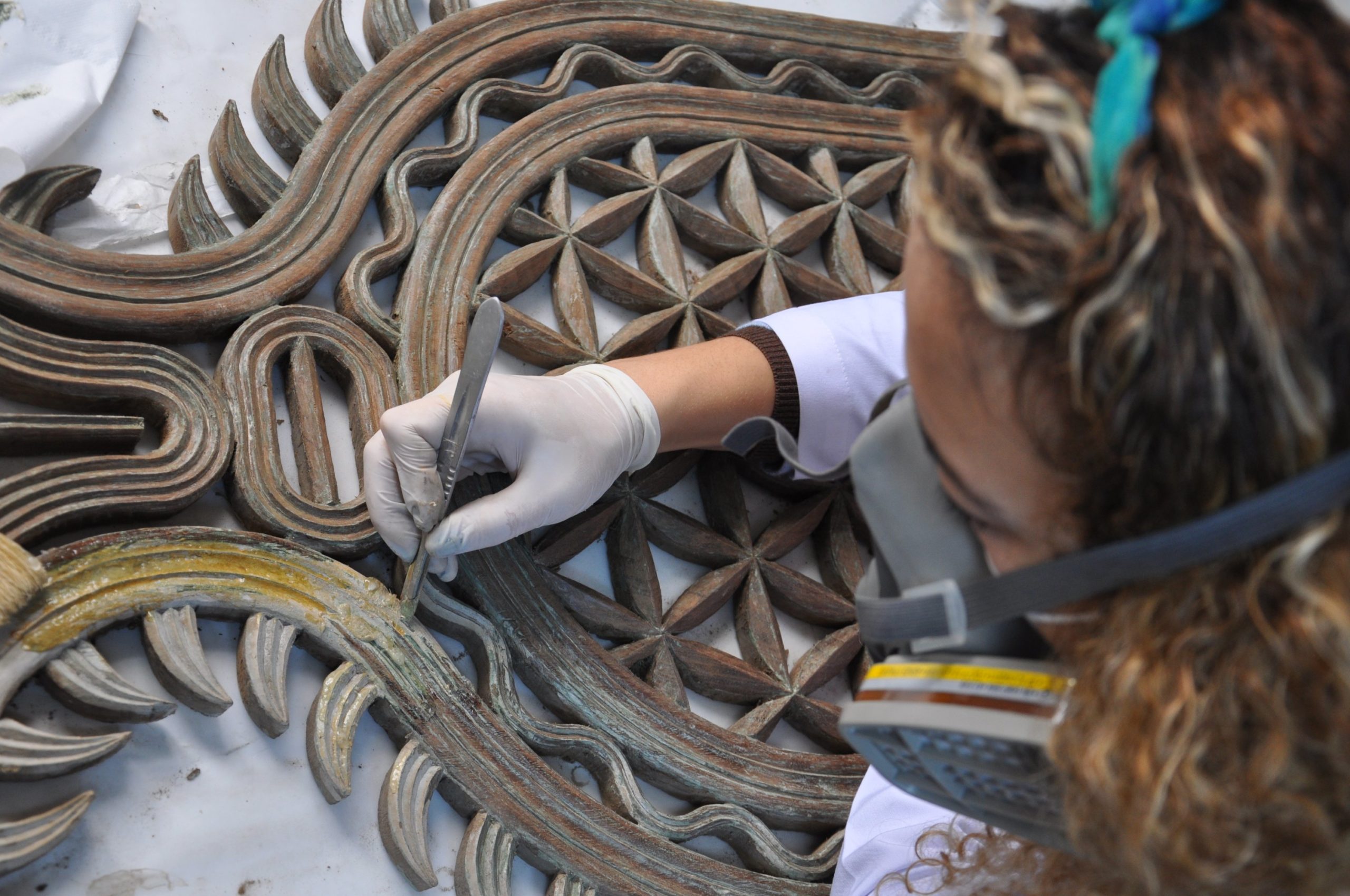
These artifact doctors undertake the restoration and conservation of rich, historical finds, treating them in accordance with specific scientific requirements and carrying out detailed studies to prolong the lifespan of objects crafted thousands of years ago.
The conservation process, which encompasses all attempts to “prevent a structure from degrading over time,” can be extended for years depending on the quality and condition of the work as decided during its pre-examination, the results of later analyses, the length of group decision-making and the determination of the most suitable methods and materials to use.
After completing their conservation works, artifact doctors also monitor the items, following their delivery to the museum and inspecting exhibitions and warehouses at museums at least twice a year.
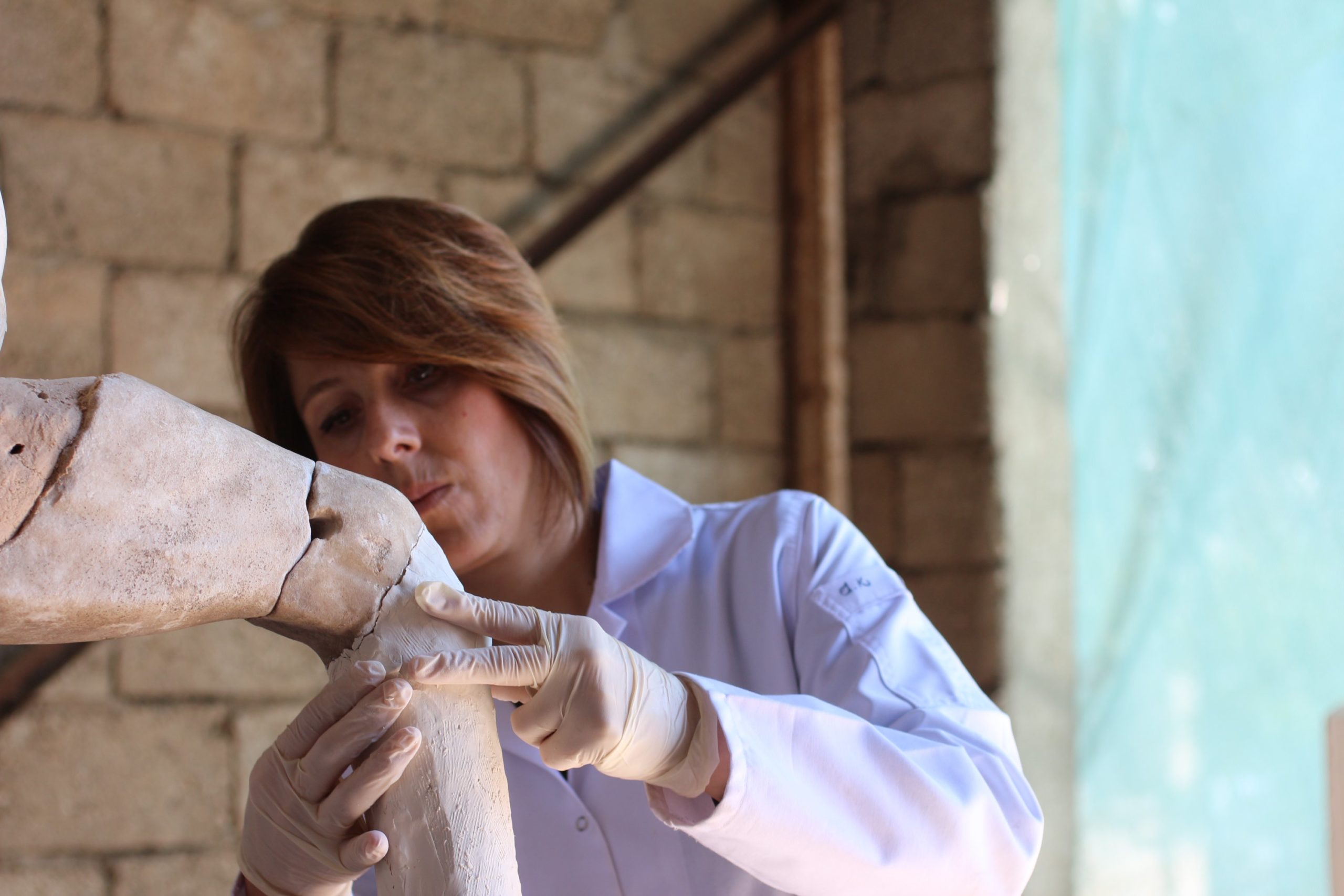
84-year history of restoration and conservation in Turkey
Restoration and conservation practices in Turkey have a history stretching back 84 years.
The Kimyahane, Turkey’s first “conservation laboratory,” which was established in 1936 within the Istanbul Archaeology Museums, has conducted many important works with the help of experts in its field. The institute is kitted out with a photography room, modeling lab, ceramic furnace, sculpture workshop and fumigation room.
The Istanbul Restoration and Conservation Center Laboratory, which was established in 1985 as a continuation of the Kimyahane, has since been the hub of countless successful projects. This laboratory, which closely follows developments in the field of restoration globally, is also active in countless other areas relating to Turkey’s cultural heritage.
Meanwhile, in 2012, the Ministry of Culture and Tourism established the regional restoration and conservation labs in the provinces of Ankara, Antalya, Bursa, Diyarbakır, Erzurum, Gaziantep, İzmir, Nevşehir and Trabzon. Restorers working in these laboratories were tasked with monitoring the conditions of displays at local museums at least twice a year and helping ensure institutions followed the relevant health and safety measures in the light of data obtained at each.
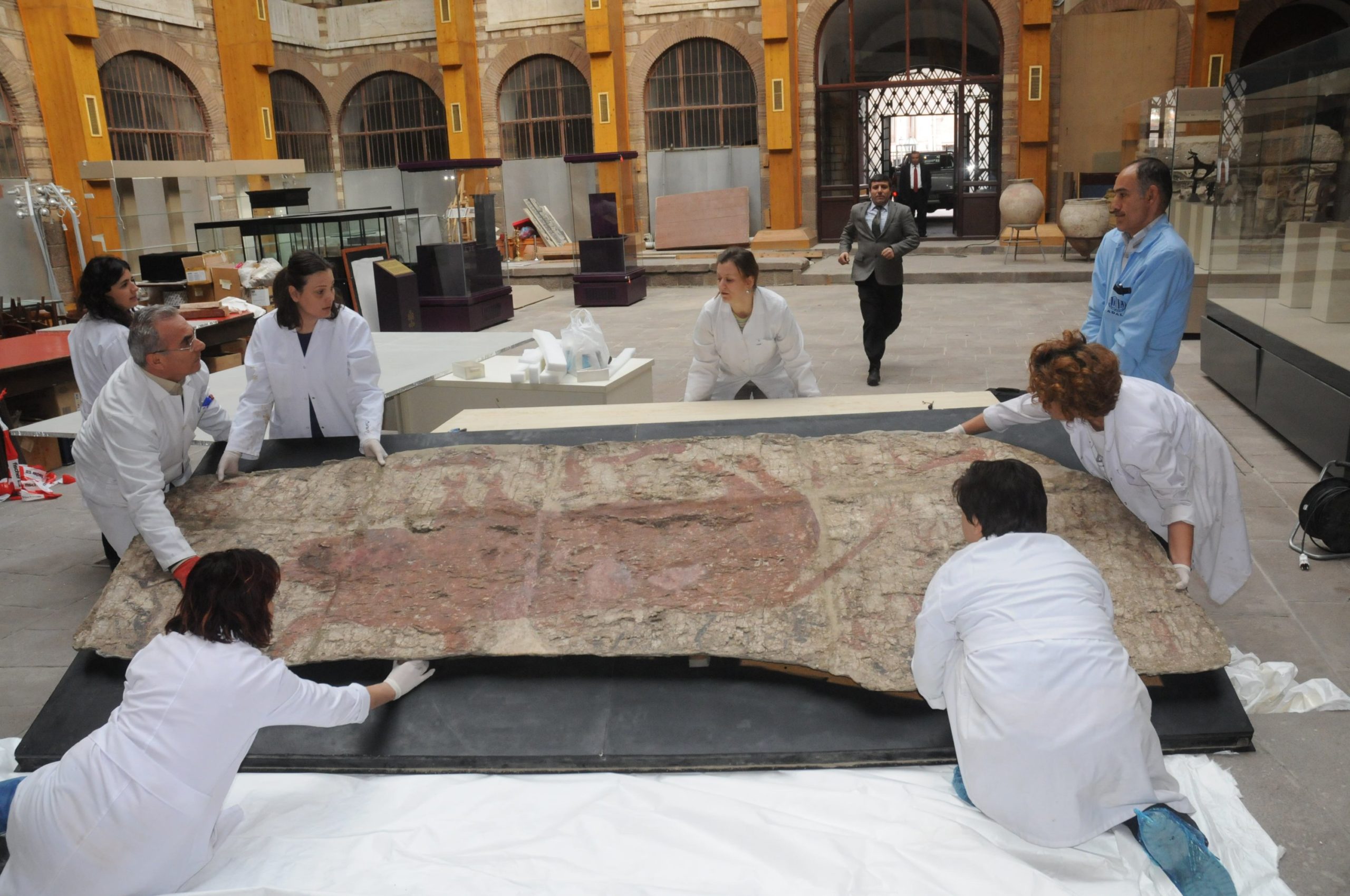
Restoration centers and regional laboratories are tasked with ensuring the protection of both movable and immovable, cultural and natural assets located in museums and historical sites. This involves ensuring items are hosted in a suitable climate and ensuring that their storage and display in both museums and temporary exhibitions at home and abroad serve as a safe environment causing no damage. Experts conduct rigid analyses of original building materials and are involved in the development of repair materials based on these for the correct intervention methods to be able to take place.
The laboratories are also highly involved in all areas of the process of displaying items at both a domestic and international level, working on ministry-backed exhibitions performing on-site conservation and emergency interventions, as well as the removal, packaging and transportation of finds discovered at archaeological excavation sites.
The regional laboratories that make material analyses for the restoration and conservation of cultural assets also contribute to the information contained in the ever-expanding Material Data Bank by archiving the results of each analysis.
Restoration and conservation laboratories, which work with the Scientific and Technological Research Institute of Turkey (TUBİTAK) using carbon dating methods to determine the age of items, also play an instrumental role in mitigating the effects of vandalism, one of the biggest problems facing the preservation of historical artifacts.
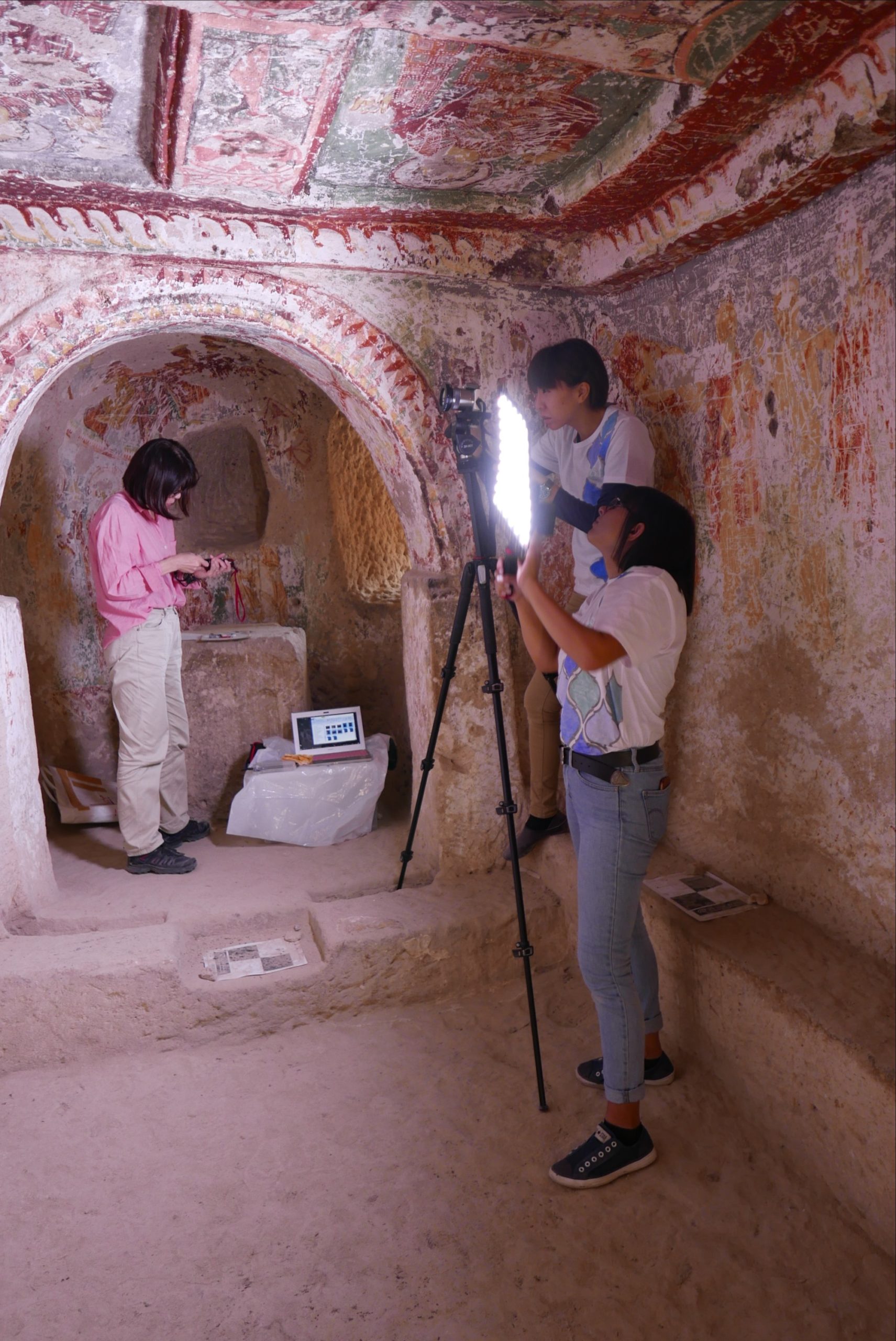
Iconic works
The regional laboratories are at the head of ongoing efforts to ensure the preservation of and restoration of most of the country’s most iconic heritage sites, including Istanbul’s Hagia Sophia, Trabzon’s mural-laden Sümela Monastery and Cappadocia’s unique rock churches, as well as the Menderes mosaics of Gaziantep’s Zeugma Mosaic Museum, one of the largest mosaic museums in the world and the Perge sculptures from Antalya, have been completed to allow each to behold countless visitors and exhibition-goers across the county.
The conservation of 13 sculptures found in pieces in the Perge excavations was performed meticulously by Antalya-based laboratory restorers. These are among the most noteworthy works hosted by the Antalya Museum.
Similarly, the only Seljuk banner to survive to the present day, made it to Erzurum Museum’s collection thanks to the tireless work of the country’s young “artifact doctors.”
Last Updated on May 03, 2020 3:50 pm

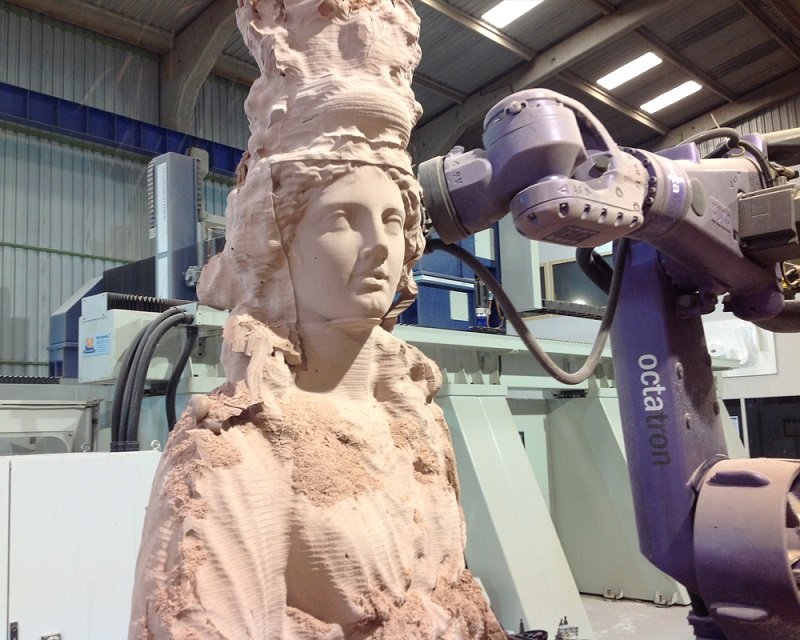








Discussion about this post